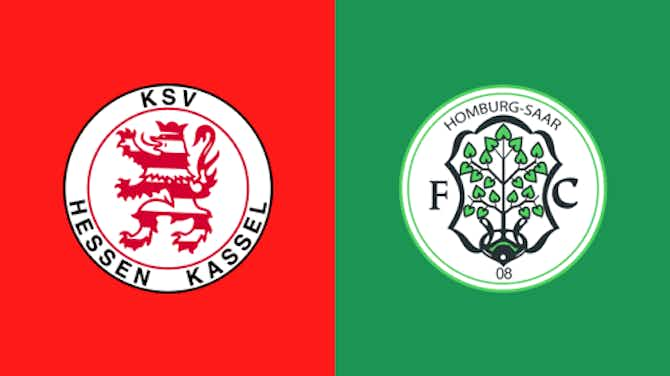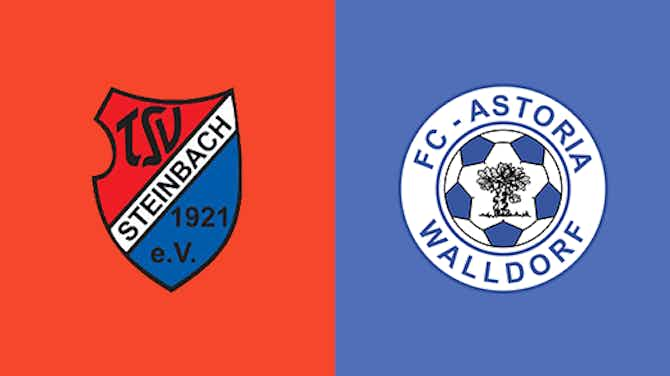EFL Analysis
·6 August 2020
Moneyball in Football: Analysing Brentford’s Recruitment Strategy

EFL Analysis
·6 August 2020

As of writing this post, Brentford are currently in the Championship play-off finals for promotion to the Premier League against Fulham. If they do so, they will be promoted to the first division for the first time in the history of a club. The story of Brentford has been a fairytale story, and an essential part of it is their recruitment model that Rasmus Ankersen built alongside Matthew Benham in 2014 onwards.
They were promoted to the Championship in 2013/14 and have stayed up in the division until now. The secret to this is their coach Thomas Frank’s innovative tactics and Brentford’s recruitment model. So in this data analysis, we will be looking at Brentford’s transfer strategy using data and statistics, with a “Moneyball” approach to making these transfers. This analysis will be including data from Transfermarkt throughout.
Brentford prefers to invest in players from outside the British Isles, with 10/18 of their transfers made this season coming from countries such as France, Spain, and Denmark. This is because they believe that local talents are generally inflated in the English football player market. The graph below indicates all of Brentford’s players and their matches played for the team. This is compared with its market value, taken from Transfermarkt.

The graph above shows how players with lower value, like the cluster in the bottom right, are getting more game time despite having a lower market value. The full-backs Rico Henry and Henrik Dalsgaard are the ones playing more despite not having a high market value. However, they have been very active with eight and four assists respectively.
What is even more interesting is the development of these players and the increase in their market values after being signed by Brentford. The highest-valued player here, Ollie Watkins, had a market value of one million euros but is currently on 12 million euros. This means that he is gone up in value by 1100%. Another player highly valued is Said Benrahma, who is presently linked to Aston Villa and Chelsea. He has a value of 10.5 million euros but had a market value of one million euros when purchased as well. This was a technique employed by Bayern Munich and Liverpool as well and is a classic technique from the Moneyball playbook.
Brentford looks in places most clubs on their level don’t look, like the second division in France or lower divisions in Denmark. They use the underlying data like Expected Goals, Expected Assists, and Smart Passes. Using these aggregated statistics, they buy players that fit their style at relatively lower prices. They used this method with players like Pontus Jansson from Leeds as well as players like Bryan Mbuemo from Troyes.
The next graph we will look at is the age profiles for the players at Brentford, and their games played.

The players here have played regularly for Brentford this season. The size of the bubble indicates the frequency of playing time while the rectangle shows the peak of the players. Only four players are older than the age of 27 and they have only one regularly starting player over the age of 30. As Billy Beane states in Moneyball, some players have a bit of talent in them at an older age and can still go out with a bang. The new acquisitions this season like Jan Zamburek and Bryan Mbuemo were made to replace players sold like Neal Maupay.
However, Josh Dasilva and Zamburek were made to replace older players sold like Romaine Sawyers to West Brom. Brentford’s approach to buying younger players helps them play a more attacking, flowing, dangerous football and squeezing the last of the older players to provide maturity and experience on the field.
The table below indicates Brentford’s position in the Championship since being purchased by Benham in the 2013/14 season.

The green cell indicates direct promotion from League One to the Championship. The orange cells indicate the positions that took Brentford to the playoffs. The first season was due to investment from Benham into the club and changing the system of playing and recruitments which motivated the players to charge on to the Championship. The next few seasons in the Championship show the total spending on players increased, as we can see below.

The expenditure indicated above shows the total investment of the club since promotion to the Championship. Although Brentford’s owners are wealthy, they spend conservatively and only spend when required. This included signing players like Watkins, Maupay, Canos, and Henry, who have provided well for the team after being bought for a lower value. The net cost (in yellow) was positive in Benham’s first season as owner of the club but became negative since Ankersen started off at the club. This is the second facet of the Moneyball strategy we saw: buy low, sell high.
The next graph we will see is the average age of recruitment for Brentford in these seasons at the time of purchase.

The graph shows the average age at which the players were signed. The age is always lower than 23 as seen above, and indicates that Brentford still prefers signing younger players with a lower value.

The graph above shows the countries from which Brentford generally purchase from in the transfer market. In their first season under Benham, where they did not have their model, Brentford signed players mostly from England, with only five signings from outside the country. What is essential to notice is that after the entrance of Rasmus Ankersen and Phil Giles, the number of signings shot down to lower than five, and the number of signings from countries like Germany and Denmark increased from one to six. This is a bold recruitment strategy as most teams in the Championship tend to purchase from lower leagues like League One and Two or loan players from the Premier League in search of experience and get more game time.
The main aspect of Moneyball in sports is looking at underlying statistics that make a player good at the particular position they play. One of these metrics is Expected Goals, which is the probability that a shot will result in a goal based on the characteristics of that shot and the events leading up to it, as per FBRef. This calculates the total number of goals that a player is expected to score in a season. If a player scores more goals than his xG, he is performing at a good level.
Now we will look at Said Benrahma whom Brentford had bought as he then rose to prominence this season and stands to be sold to Premier League clubs like Chelsea and Arsenal.
Benrahma spent his 2017/18 season on loan at LB Châteauroux, which is in Ligue 2, the French second division from OGC Nice in Ligue 1. There, he spent 33 games for the club, scoring nine goals and clocking in five assists. This was a good number at that level, but not as much as Umut Bozok who scored 24 goals in the same season.

Benrahma has an xG of 7.32 while scoring nine goals, meaning that he overperforms his xG by 1.68. However, he takes the most shots in the players above, taking 95 shots with a success rate of 25%. Brentford saw two things in this statistic: the fact that he overperforms his xG by a decent amount and that he takes a lot of shots. If Brentford’s coaches could improve his shooting ability by around 15%, he will definitely be scoring more goals. His current shot % is 38%, suggesting an improvement in his skills and a positive for Brentford. Another positive that Benrahma brought is that he was just entering his prime at the age of 22. Only Bozok and Bassi are younger than him.
While this is not a comprehensive recruitment method, it works well in identifying potential players in a shortlist and proceeding with further scouting on them.
When looking at recruitment models, Brentford have a very interesting one as they have consistently used their “Moneyball” model to buy and sell players. As director of football, Rasmus Ankersen stated in an interview:
“The key is being able to identify undervalued talent in the market, develop them, and then sell them on for profit, gradually building more value into the squad and gradually increasing the level of the squad.”
Brentford seems to be punching above their weight this season, considering they have a lower ticket sales revenue than most teams and are competing for visitors with London heavyweights Chelsea, Arsenal, and Tottenham Hotspurs. With the COVID-19 situation putting them in even more trouble, their recruitment model has been the main factor this season that has put them in the driving seat for promotion. If they win on Tuesday night, it will be interesting for neutrals and fans of English football to see how they prosper with this innovative recruitment model.






























































